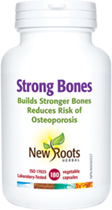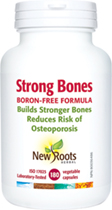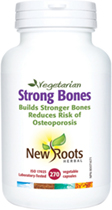“Silent Disease”—Info Worth a Listen
Osteoporosis, often referred to as the “silent disease,” is generally without symptoms and frequently only diagnosed in the wake of a fragility fracture. What’s worth listening to is the correlation between osteoporosis, hearing loss, and fractures resulting from falls.
Loss of bone mineral density (BMD) associated with osteoporosis can also result in conductive hearing loss. This occurs when the trio of bones within the ear—the incus, malleus, and stapes—become demineralized, brittle, and distorted; thereby compromising their function for the transmission of sound critical for hearing.
Hearing, vision, and sensory feedback from our joints are the main factors that influence our sense of balance. When sensory input does not mesh, it can affect the subtle adjustments our brain makes that maintain posture. With this in mind, osteoporosis-related hearing loss can contribute to a stumble or fall and an increased susceptibility to a broken hip or wrist.
According to statistics compiled by Osteoporosis Canada, fragility fractures related to osteoporosis exceed the incidence of heart attack, stroke, and breast cancer combined.
Along with being the structural scaffolding for the entire body, our skeletal system is critical to virtually every aspect of our health. Even though postmenopausal women are identified as the demographic most susceptible to osteoporosis, everyone suffers some degree of age-related bone loss.
Maintaining healthy bones requires fueling them with nutrients that tip the scales between bone building and bone resorption (breakdown) in your favour. In addition to eating well and keeping active, a comprehensive calcium supplement with specific nutrients, scientifically proven to build strong bones, is worthy of consideration. You deserve it!

 Stores
Stores


